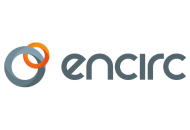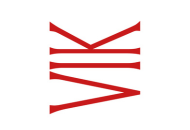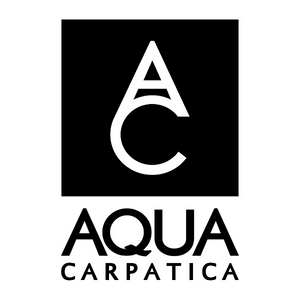In March 2022, I was in a restaurant complaining that I didn't have glass bottles to bottle the wines, as there was a great lack of raw materials.
At this, the waitress said: “Rui, every day we put bottles in the recycling bin to destroy, why don't you reuse those bottles?”
I went home thinking about it.

The next day when I woke up, an idea was born!
This is what I would do for my new wine, made from a recovered vineyard in Bairrada, in central-west Portugal.
I started the recovery of this abandoned vineyard in 2019 and, in 2021, took the white grapes for the first time. They were good but, as a test, I decided to vinify them separately from my other wines.
For that same 2021 harvest, I had also recovered one of the old barrels from my grandfather's house. I used this 1,000L vat to vinify these grapes. It was a test, but on the barrel or the grapes? I wasn’t sure!
So, the grapes from a recovered vineyard were vinified in a renovated barrel and put in reused bottles. In other words, I gave everything a new life!
With so much new life, the wine could only have one name: Fénix (Phoenix), after the bird that rises from the ashes.

I contacted some restaurants and asked them to keep all their Burgundy-style bottles. I also collected the cardboard bottle storage boxes. Only the adhesive tape that closes the boxes is from me.
The bottles, of course, were all washed, sanitised and checked so they could receive the new wine.

The label, in contrast to the rest of the Prior image line, is designed to be modern, daring, provocative and, at the same time, innovative – reflecting the concept of this wine. The label has a QR code that links to photos of the entire process and there is also space for people to give their opinion of this concept.
The label covers the entire body of the bottle – to cover the old labels, as it is not easy to remove them and, in any case, why is it necessary to do so? It was a waste of resources. The top of the bottle does not have a capsule, only a sealing label with the bottle number and the indication of the first edition (they are always the most valuable).
In this first edition of 2021, 1,066 bottles were produced, all numbered.
All the work was done by hand as the bottles have different sizes and the placement of the corks was not always perfect.


The wine
- This is a white field blend from a single vineyard, the Chico Padre vineyard.
- The grape varieties include Bical, Rabo de Ovelha, Maria Gomes, Arinto, and Cercial.
- The vineyard was planted in the 1980s in a valley with very clayey soil, although in the central part the characteristic limestone of my area is clearly visible.
- The wine was vinified in an old vat of Maccaaúba and mahogany wood recovered in 2021.
- I destemmed the grapes, and only used the unpressed cuvée must (800L). I allowed it to settle naturally for 24 hours before moving it to the 1,000L vat to start fermentation.
- The wine aged for nine months in the same vat on fine lees.
- The wine was bottled unfiltered.
- I produced 1,066 bottles with a recommended retail price of €20.

 English
English French
French



.png)


.png)





